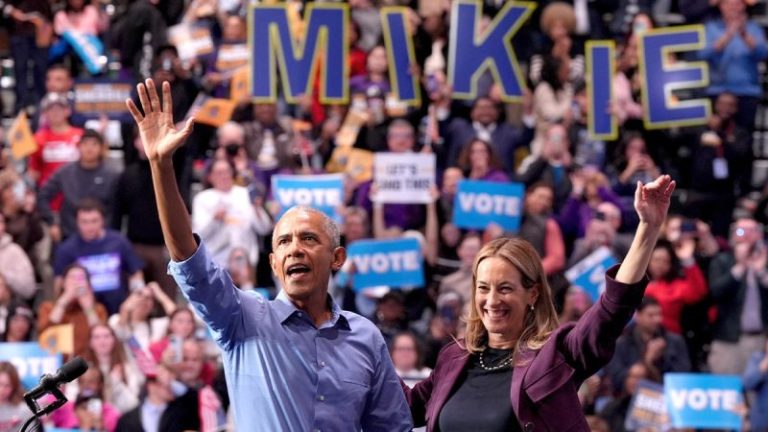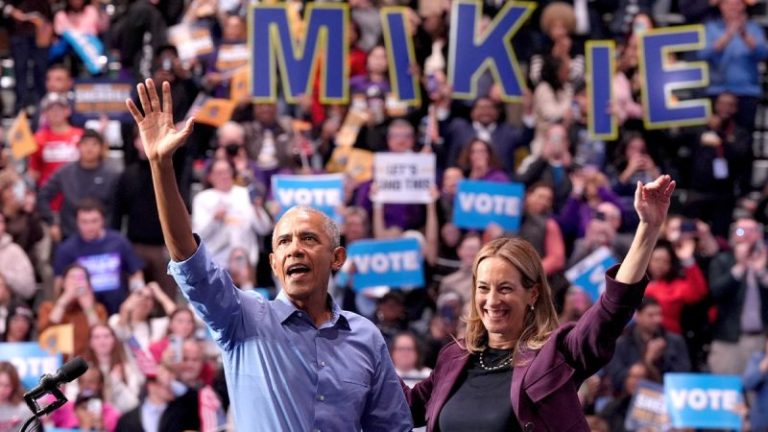Perth, Australia (ABN Newswire) – Locksley Resources Limited (ASX:LKY,OTC:LKYRF) (FRA:X5L) (OTCMKTS:LKYRF) announced the receipt of a Letter of Interest (‘LOI’) from the Export-Import Bank of the United States (‘EXIM’), outlining the intent to provide up to US$191M in potential project financing support for the Company’s Mojave Project in California.
Alignment with U.S Export-Import Bank (‘EXIM’) Positions Mojave as a Flagship Initiative Under the White House’s Directive to Rebuild Domestic American Antimony and Rare Earths Supply and Processing Capability
HIGHLIGHTS:
– The U.S Export-Import Bank has issued a Letter of Interest (LOI) indicating the potential for financing support of up to US$191 million for Locksley’s Mojave Project in California
– EXIM is the official export-credit agency of the U.S Government, tasked with strengthening domestic industrial resilience and reducing foreign supply dependence in strategic sectors
– The potential EXIM financing is a cornerstone first step in a broader U.S. government funding pathway, opening access to programs under the Defense Production Act Title III and Department of War (DOW)
– The engagement reinforces Locksley’s strategy to establish a 100% American made antimony and REE supply chain, following the successful production of the Company’s U.S. antimony ingot
– Locksley executives will attend key meetings in Washington D.C. in mid November, to advance discussions on the Company’s U.S. mine-to-market collaboration
EXIM, a wholly owned independent agency of the U.S Government, operates under a Congressional mandate to promote American economic and national security interests through project and export financing. Its recent Supply Chain Resiliency Initiative (SCRI) and China and Transformational Exports Program (CTEP) prioritise funding for critical mineral projects that reduce foreign supply dependence and rebuild U.S industrial capability.
The LOI represents a cornerstone step in Locksley’s engagement with U.S federal agencies and paves the way for detailed due diligence and underwriting to advance a comprehensive financing package for the Mojave Project.
In light of the recent November 2025 U.S.-China trade agreement whereby China has suspended new rare-earth/critical minerals export controls, and the U.S. has publicly reaffirmed its support for Western based critical mineral supply chains, the Mojave Antimony Project is uniquely positioned to deliver a low risk, U.S. hosted, anti-dependent on China supply solution. This alignment strengthens the strategic case for consideration by Export-Import Bank of the United States (EXIM) under its supply chain resilience and criticalminerals mandates.
100% American Made Ingot Milestone – Alignment with U.S. Policy
Locksley recently announced the successful casting of the 100% American made antimony ingot, using feedstock sourced from its Mojave Project and processed entirely on U.S soil.
This achievement validated the Company’s Mine-to-Metal business model and provides the foundation for commercial scaling under the Defense Production Act and Inflation Reduction Act frameworks.
Following the signing of the landmark U.S. and Australia Critical Minerals Framework Agreement in Washington DC between President Donald Trump and Prime Minister Anthony Albanese, Locksley’s Mojave Project has been recognised as aligning directly with this bilateral initiative, which is also supported by commitments from the Australian Export Finance Agency (EFA).
The EXIM support, alongside Locksley’s strategic collaboration with Rice University, provides a clear pathway for Mojave to progress beyond exploration and into the development of downstream aligned supply chains for the U.S.
Drew Horn, Chief Executive of GreenMet and former White House Advisor on Critical Minerals, commented:
‘EXIM’s Letter of Interest represents more than just financial support, it reflects a coordinated U.S. government directive to rebuild domestic critical minerals capability. The fact that EXIM’s engagement aligns with current White House priorities underscores how strategically important Locksley’s Mojave Project has become. We are now entering a period where nearly all federal funding in this sector is being directed under White House led initiatives and Locksley stands at the forefront of that effort. The combination of EXIM support and the successful production of a 100% American made antimony ingot demonstrates tangible progress toward full U.S. supply chain independence.’
Kerrie Matthews, Managing Director & CEO, commented:
‘EXIM’s engagement represents a strong endorsement of Locksley’s U.S strategy and the momentum we have built with government and industry partners. The LOI provides a foundation to progress formal financing discussions while advancing our downstream and offtake plans. With our 100% American made antimony ingot now produced, we are proving Locksley’s capacity to deliver the next generation of U.S critical mineral supply chains.’
Material Terms of the LOI
The Letter of Interest (LOI) is a non-binding expression of interest and does not constitute a final commitment or a financing agreement. A definitive commitment is contingent upon Locksley satisfying EXIM’s underwriting criteria, completing full due diligence (including technical, financial, and legal reviews), and finalising definitive documentation. The potential financing is for up to US$191 million with a repayment tenor of 10 years. However, the final amount, interest rate, and specific repayment terms will be determined upon completion of the due diligence process.
Fast-Track Mine-to-Market Approach
Locksley continues to accelerate development planning and apply innovative thinking to traditional project timelines via government support across parallel workstreams:
– Upstream: Fast-tracked development of the Desert Antimony Mine through both conventional and non-traditional methods, enabling near-term ore supply
– Downstream: Collaboration with Rice University’s DeepSolv(TM) program and processing optionality to establish U.S. refining capacity at speed
– Integrated Supply Chain: Direct alignment with U.S. defence, energy transition, and industrial partners to deliver 100% Made in America antimony into the U.S. market
– Locksley’s approach embodies the principles of the Mines of the Future framework integrating innovation, digital modelling and processing to rapidly re-establish strategic mineral production on U.S. soil.
This parallel approach positions Mojave as the fastest moving U.S. antimony development, directly supporting national security and clean energy priorities.
Next Steps
Locksley will now progress the following key initiatives to advance the Mojave Project toward development readiness:
– Progress formal application with EXIM, triggering due diligence and underwriting processes
– Securing additional U.S. government and institutional support under DPA Title III, DOE loan guarantees, and supply chain initiatives
– Locksley executives will attend key meetings in Washington D.C. in mid- November, to advance discussions on the Company’s U.S. mine-to-market collaboration
– Commence preparatory workstreams for both mine development and downstream processing pathways
– Advancing commercial pilot-scale production to demonstrate U.S. based refining capability and accelerate first metal output from the Mojave Project
About Locksley Resources Limited:
Locksley Resources Limited (ASX:LKY,OTC:LKYRF) (FRA:X5L) (OTCMKTS:LKYRF) is an ASX listed explorer focused on critical minerals in the United States of America. The Company is actively advancing exploration across two key assets: the Mojave Project in California, targeting rare earth elements (REEs) and antimony. Locksley Resources aims to generate shareholder value through strategic exploration, discovery and development in this highly prospective mineral region.
Mojave Project
Located in the Mojave Desert, California, the Mojave Project comprises over 250 claims across two contiguous prospect areas, namely, the North Block/Northeast Block and the El Campo Prospect. The North Block directly abuts claims held by MP Materials, while El Campo lies along strike of the Mountain Pass Mine and is enveloped by MP Materials’ claims, highlighting the strong geological continuity and exploration potential of the project area.
In addition to rare earths, the Mojave Project hosts the historic ‘Desert Antimony Mine’, which last operated in 1937. Despite the United States currently having no domestic antimony production, demand for the metal remains high due to its essential role in defense systems, semiconductors, and metal alloys. With significant surface sample results, the Desert Mine prospect represents one of the highest-grade known antimony occurrences in the U.S.
Locksley’s North American position is further strengthened by rising geopolitical urgency to diversify supply chains away from China, the global leader in both REE & antimony production. With its maiden drilling program planned, the Mojave Project is uniquely positioned to align with U.S. strategic objectives around critical mineral independence and economic security.
Tottenham Project
Locksley’s Australian portfolio comprises the advanced Tottenham Copper-Gold Project in New South Wales, focused on VMS-style mineralisation
Source:
Locksley Resources Limited
Contact:
Kerrie Matthews
Chief Executive Officer
Locksley Resources Limited
T: +61 8 9481 0389
Kerrie@locksleyresources.com.au










